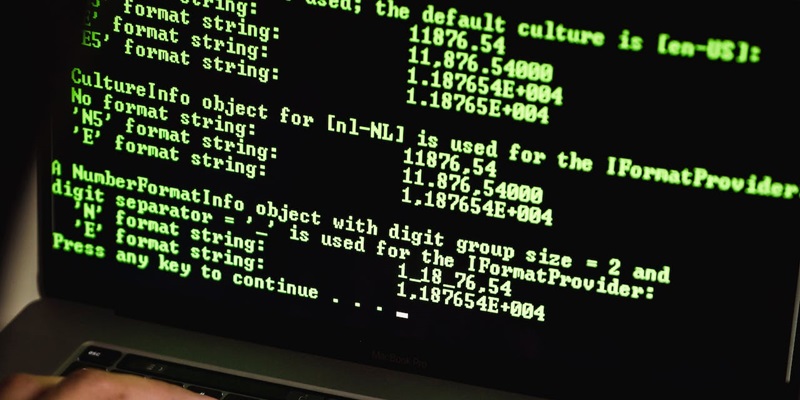In recent times, there has been a concerning rise in threat actor activity that exploits the ms-appinstaller protocol handler as an access vector for malware, ultimately leading to the distribution of ransomware. This article sheds light on the vulnerabilities of this protocol handler, the findings from Microsoft Threat Intelligence, the activities of financially motivated threat actors, social engineering techniques employed by threat actors, and provides practical recommendations for safeguarding against these threats.
Vulnerabilities of the `ms-appinstaller` Protocol Handler
The ms-appinstaller protocol handler has proven to be a lucrative avenue for threat actors, mainly due to its capability to bypass security measures such as Microsoft Defender SmartScreen and built-in browser alerts. These measures, intended to protect users from malware, can be easily circumvented, allowing threat actors to leverage this vulnerability for their malicious intent.
Microsoft Threat Intelligence Findings
Microsoft Threat Intelligence has conducted extensive investigations into the use of the App Installer as a point of entry for human-operated ransomware activities by various threat actors. This identification highlights the importance of understanding this attack vector to prevent potential breaches. By staying informed of these findings, users and organizations can enhance their defenses and reduce the risk of becoming victims to such attacks.
Financially motivated threat actors
One of the key driving forces behind many cybercriminal activities is financial gain. Notably, groups like Sangria Tempest have primarily focused on ransomware deployments, such as the infamous Clop ransomware, as well as targeted extortion after successfully executing various intrusions that often result in data theft. Understanding the motives and tactics of financially driven threat actors is crucial in developing effective countermeasures.
Social engineering techniques
Threat actors often employ social engineering techniques to deceive unsuspecting users. Spoofing and imitating well-known, legitimate software is a prominent technique used to gain access to systems. By impersonating trusted software, threat actors can easily trick users into downloading malicious content or clicking on compromised links. Examples such as Storm-0569 highlight the use of search engine optimization (SEO) poisoning to spread BATLOADER by impersonating websites offering legitimate downloads.
Exploiting popular applications
Threat actors are quick to exploit the popularity of widely-used applications for their malicious activities. For instance, Storm-1113 distributed EugenLoader through search ads that resembled the legitimate Zoom application. The resemblance was so uncanny that users were easily deceived into downloading malicious files. It is crucial to be cautious of such fraudulent advertisements and verify the legitimacy of downloads before proceeding.
Targeting collaboration tools
Collaboration tools like Microsoft Teams have become integral for remote work, making them an attractive target for threat actors. For example, Storm-1674 leveraged Teams to send messages that contained fake landing pages, expertly mimicking various businesses and Microsoft services like SharePoint and OneDrive. Users must exercise vigilance when engaging with messages, especially when they prompt for sensitive information or require downloading files from unverified sources.
Protecting against these threats
To mitigate the risks posed by threat actor activity targeting the ms-appinstaller protocol handler, it is recommended to encourage users to utilize web browsers that support Microsoft Defender SmartScreen, such as Microsoft Edge. These browsers possess advanced security features that aid in detecting and preventing malware and ransomware attacks. Additionally, fostering user awareness and implementing proactive measures, like staying updated on security patches and promptly reporting suspicious activities, significantly strengthens the overall defense against such threats.
Taking proactive measures to protect against threat actor activity targeting the ms-appinstaller protocol handler is paramount in today’s digital landscape. By understanding the vulnerabilities, being aware of Microsoft Threat Intelligence findings, acknowledging the tactics employed by financially motivated threat actors, and recognizing social engineering techniques, individuals and organizations can fortify their defenses. By promoting user awareness, utilizing secure web browsers, and staying vigilant, we can collectively safeguard ourselves from the ever-evolving threats posed by malicious actors.

